30 Eco-Friendly Products That Will (Eventually) Save You Money
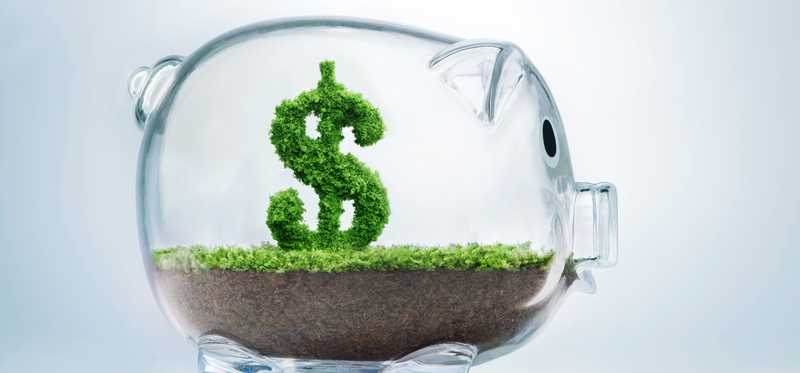
30 Eco-Friendly Products That Will (Eventually) Save You Money
Benefits all around
It's not always easy to do the right thing. Years ago, for example, if you wanted to improve your diet by eating whole wheat pasta, it wouldn't have tasted as good as regular pasta -- and it would have cost you more, too. (Whole-wheat pastas have improved since then.) Sometimes, though, doing the right thing can be a win-win proposition. Here are a bunch of ways that you can do right by the environment while saving money, either now or eventually.
See how many of the following ideas you can put into action -- and how much money they could save you. You might surprise yourself -- and your bank account.
Previous
Next
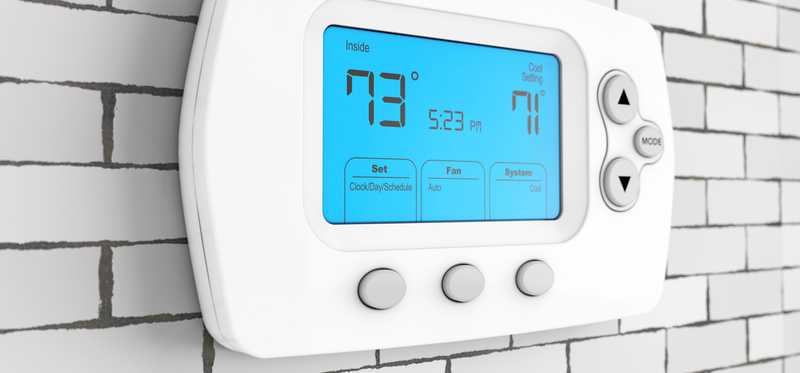
1. A programmable thermostat
A lot of money (and energy) is wasted when we use our old-fashioned thermostats. For example, you might turn yours up because you're hot, and then get called out of the house for the rest of the day, having forgotten to set it lower again. The heat stays on high -- and you pay for a lot of heat that you didn't want or need. Programmable thermostats, on the other hand, let you set different temperatures for different times of the day or week, so that the house can be warmer when you're home and awake and cooler when you're away or asleep. Some are extra clever and can set the temperature lower when they don't sense you around -- and they can even be tied to apps that let you adjust temperatures when you're out of the house and to your home security system, too. The less energy used in your home, the more you'll save. It's estimated that between $100 and $200 or more can be saved annually.
Previous
Next
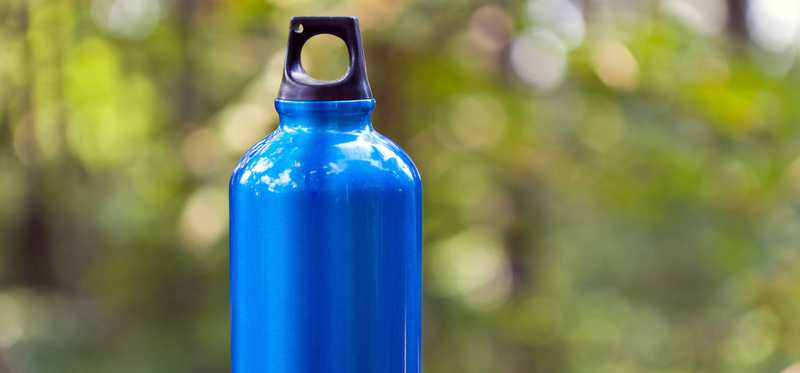
2. Reusable water bottles
Bottled water is cheap. You can often find a pack of 24 bottles on sale for around $3 or even less. Thus, it's easy to justify buying pack after pack and enjoying the convenience. Each bottle doesn't disappear when your thirst is quenched, though. The many that don't get recycled end up in landfills -- and even in the ocean. You can protect the environment by buying reusable water bottles -- and over time you'll save money doing so, too. A good bottle might cost you between $10 and 20, but that will be more than made up for over time.
Previous
Next

3. LED light bulbs
The incandescent light bulbs you grew up with are on their way out, being replaced by more energy efficient ones. You can hasten the process by buying compact fluorescent lights (CFLs) or light-emitting diode (LED) lights proactively and replacing your old lights with them. What's the difference? Well, CFLs are about four times more efficient than incandescent bulbs in terms of wattage and they generally last about 10 times longer, too, while costing not too much more. The folks at GreenAmerica.org have noted, "According to the Environmental Protection Agency (EPA), if every household in America replaced just one incandescent bulb with a CFL, the energy saved would be enough to light 3 million homes and prevent greenhouse gas emissions from the equivalent of 800,000 cars." LED bulbs are even more compelling, lasting twice as long or more than CFLs and being more efficient in terms of wattage. They run cooler, too, but will set you back more dollars. Still, they can be worth it, as you may not need to change a bulb for 10 years. The government has estimated that electric lighting is responsible for about 7% of the country's total electricity usage and for about 9% of the average residential electric bill.
Previous
Next
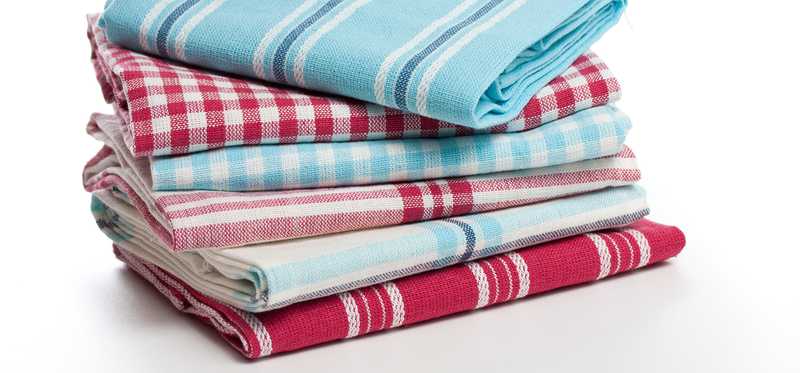
4. Kitchen towels
You may not think of common kitchen towels as being environmentally friendly or as money-saving devices, but they are. If you're used to wiping counters and spills with paper towels, consider using cloth towels or dishrags instead. They can be used again and again, refreshed by a spin through the washing machine, and can save you the cost of many rolls of paper towels. If you go through a $1 roll each week (and many households use more), you can save more than $50 annually. It takes significant resources to make paper towels -- one researcher estimated 2 1/2 gallons of water for each roll, for example -- so using cloth can conserve resources and keep more waste out of landfills.
Previous
Next

5. Sweaters
You're home and feeling cold, so what do you do? Many people will just turn up the thermostat in order to be warmed by their home heating system. That works, but it costs money and uses more energy. Make it easier on the environment and on your wallet by simply donning a sweater. Thick socks and a turtleneck can warm you up even more. You might spend just $40 on one or two sweaters -- which can be more than paid for over one or a few winters.
ALSO READ: 4 Top Socially Responsible Stocks to Consider Now
Previous
Next
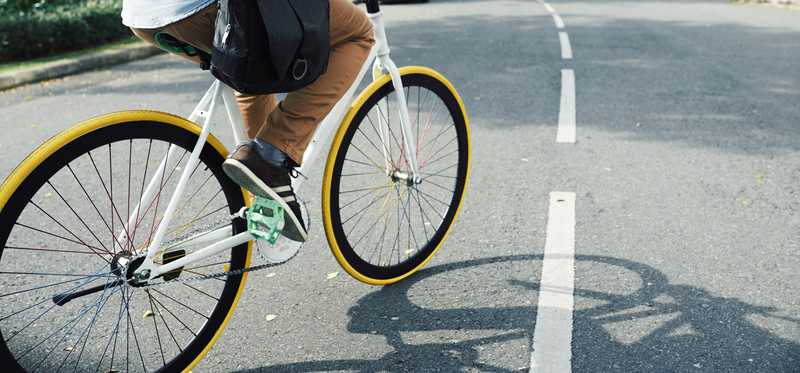
6. A bicycle
Driving to work every day takes its toll on the environment, burning fuel and generating emissions. It takes a toll on your pocket, too, as cars are costly to own, maintain, and repair -- not to mention the cost of fuel, which can be quite high at times. (In 2011, for example, the national average price of a gallon of gas surpassed $4 more than once. If you used 25 gallons per week, as many commuters do, you'd be paying $100 per week at that rate.) Buy yourself a bicycle with which to commute to work and you can save a lot of travel money and take it easier on the environment -- while giving yourself health and fitness benefits, too. It might not work every day -- such as when it's raining or you have to dress up for a meeting -- but even if you bike to work twice a week, it can be well worth it.
Previous
Next
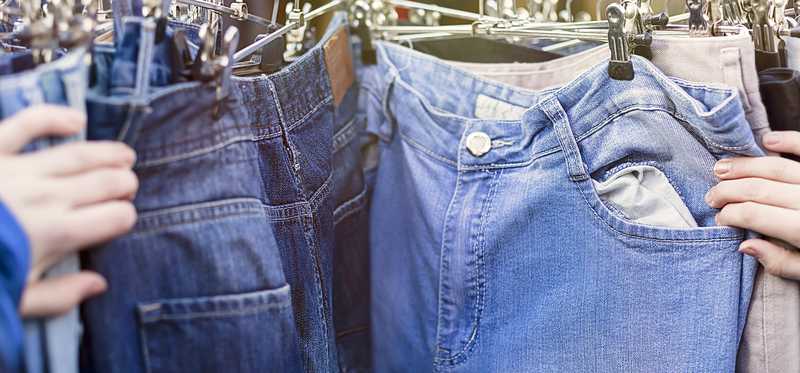
7. Second-hand items
Another way to help the planet while saving some money is to buy second-hand, used items instead of new ones. That won't work for everything, and you will of course want to buy many items new, but there are also plenty of other items where you might not care as much. For example, while a relatively good new bicycle might set you back between $300 and $1000, you may find a good used model available for just $100 to $200. Items that you might want to buy used or refurbished include textbooks, books, furniture, clothes, games, exercise equipment, and some electronics, such as smart phones and tablets. Buying something used avoids the need for a new one to be manufactured, saving on resources and energy.
Previous
Next
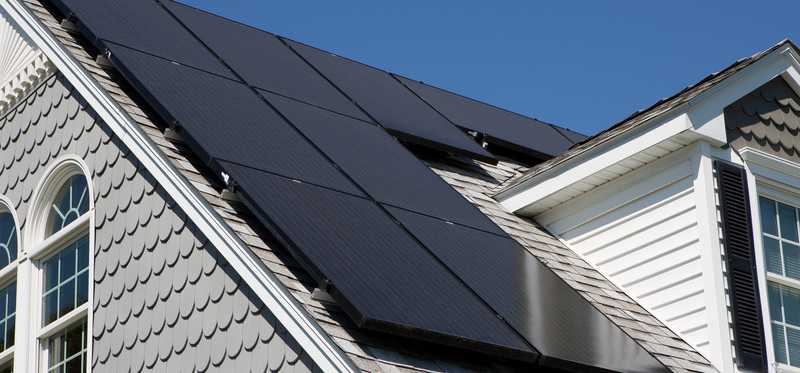
8. Solar panels
Solar power is becoming more widespread in America, and you can probably see evidence of it on the roofs of many homes around you. Installing solar panels on your roof is a great way to boost the health of your bank account and the planet at the same time. Many houses get sufficient sunlight to provide all their electricity needs, while other houses can generate enough power to significantly shrink their electric bills. The price of solar panels has dropped significantly over the years (though 2017 saw an uptick), and while you might pay $8,000 to $15,000 for a system, it could save you $20,000 to $30,000 over 20 years. By using solar power, you're cutting back on greenhouse gases and our country's dependence on coal, oil, and gas to produce electricity. There are lots of programs and incentives to help you pay for solar power, too.
Previous
Next
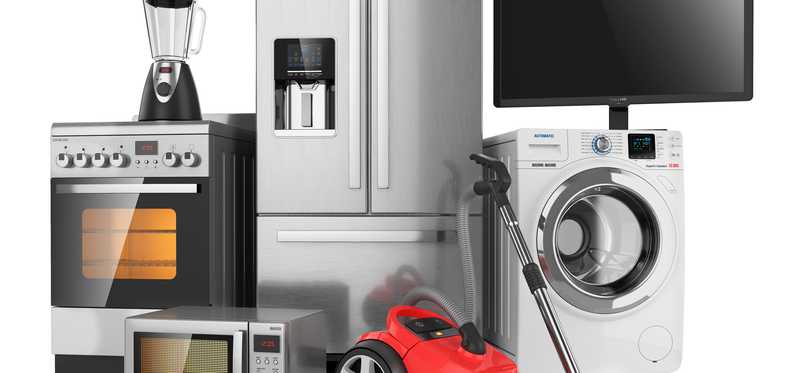
9. Energy Star appliances
Like many people, you may have noticed "Energy Star" stickers on appliances in stores and not really thought much about them. Well, know that they're rather meaningful, as they help you find appliances that are environmentally friendly and that also deliver cost savings. According to the folks at EnergyStar.gov, "More than 2,200 product models from more than 140 manufacturers were recognized as 'ENERGY STAR Most Efficient' in 2017. By choosing ENERGY STAR, a typical household can save about $575 on their energy bills and still enjoy the quality and performance they expect." So give some thought to replacing your refrigerator or air conditioner or washing machine with an Energy Star-designated one. Its greater efficiency can reduce greenhouse-gas emissions while also reducing your energy bill.
Previous
Next
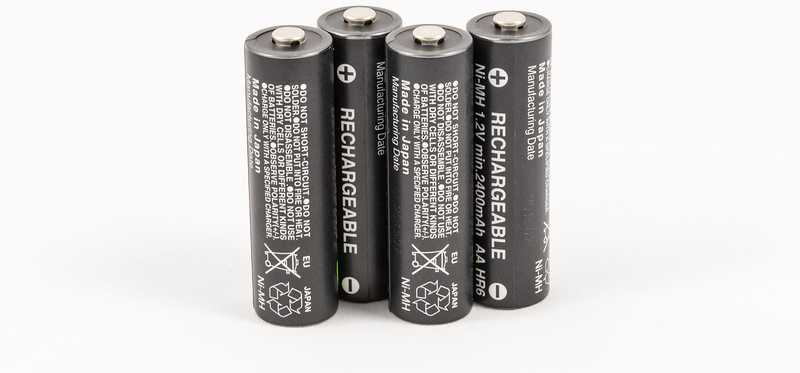
10. Rechargeable batteries
If you go through a lot of batteries in your daily life -- perhaps in your remote controls, toys, flashlights, cordless phones, digital cameras, and wall clocks, give some thought to using rechargeable batteries instead. Investing in some will cost a lot more than just buying a set of alkaline ones, but you won't have to keep buying more so often. A charger that can refresh eight AA batteries at once might cost you $20 to $25 (with a set of batteries included), and you very likely won't need to buy more for several years. Alternatively, you might pay between about $6 and $8 for an 8-pack of good AA batteries.
ALSO READ: Harley-Davidson Going All-In on Electric Motorcycles
Previous
Next
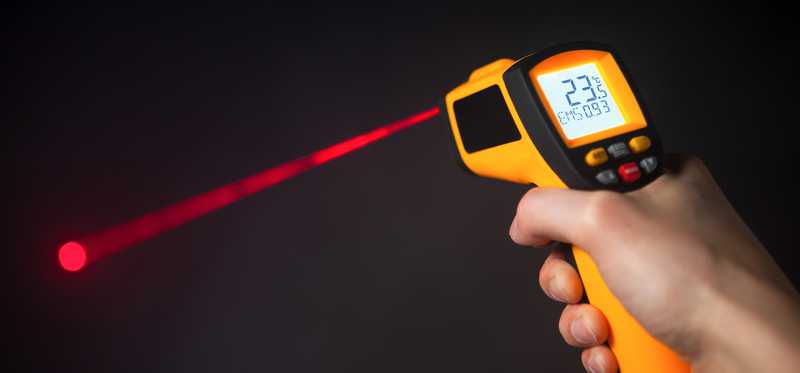
11. A spot infrared thermometer
This money-saving, energy-saving purchase -- a spot infrared thermometer -- is actually fun to use. It's roughly the size of a very small hair dryer, and when you point it at anything in your home, it will display its temperature. What good does that do? Well, point it all over your walls, windows, and doors, and differences in temperature will reveal where hot or cold air is seeping in or out of your house, costing additional dollars on your energy bills. Spending $15 to $30 on one of these devices can save you hundreds of dollars or more, if it leads you to better insulate your home -- whether with a little caulk or a major investment in a professional insulation company's services.
Previous
Next
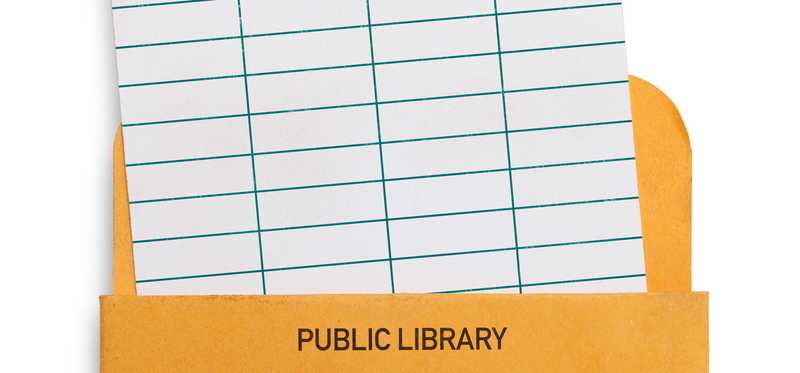
12. A library card
A simple library card will not only cost you no money at all, but it will permit you to borrow and read gobs of books and magazines -- for free. That means you don't have to buy those items for yourself, and no trees will be felled nor any energy used to produce them. Many libraries let patrons borrow movies, music, and more, too. If you are able to avoid buying just one $20 book per month by using your library, that's $240 in annual savings. If you forgo three $40 magazine subscriptions, that's another $120.
Previous
Next

13. Seeds or seedlings
Consider these costs: A head of lettuce can set you back $1 or more at the supermarket, while a plastic basket of tomatoes can cost $5 or more and a bunch of basil can cost $2. On the other hand, a packet of seeds for various produce items can often be purchased for $1 to $2, and many packets feature dozens or hundreds of seeds. Plant a garden of vegetables for yourself and you may be able to save $10 per week or more by not buying certain vegetables (or fruits!) that you're growing at home. This is good for the planet because the produce won't have to be produced elsewhere for you and then transported to your market.
Previous
Next
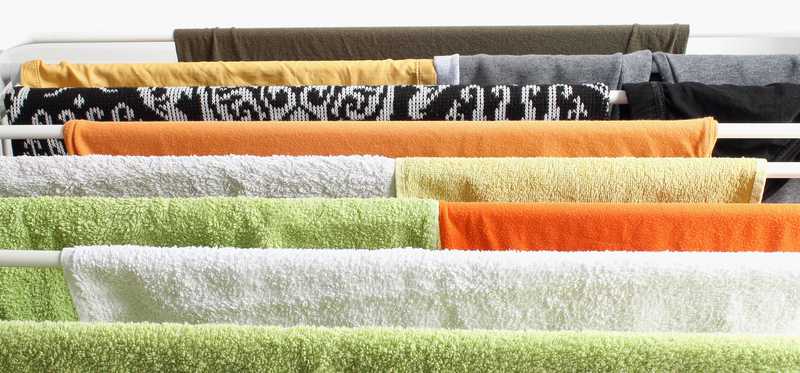
14. Drying racks
A drying rack is a simple and inexpensive item, often costing just $20 to $40 new (and occasionally available for much less at yard sales or discount stores). If you have one or a few and use it to dry some or all of your clothes when you do your wash, you can save a bunch of dollars. Running a clothes line or two between some trees can be even less expensive. An online energy use calculator shows that if you use your dryer for an hour a day, on average, and if uses 3,000 watts, when you're charged $0.15 per kilowatt, you'll be forking over about $160 per year just for your dryer. If you can do half of that drying on racks or a clothes line instead, you can save $80 per year -- and $800 over a decade. Not running your dryer will be good for the planet and for your wallet.
Previous
Next

15. Cloth napkins
Paper napkins may not cost a lot, but they do cost something -- often around $2 or $3 for several hundred plain ones or up to $7 or more for fewer, nicer ones. Producing all those napkins takes a toll on the environment, and then, to make matters worse, most of the napkins end up in landfills. You can avoid all that by using (and reusing) cloth napkins -- which will feel more luxurious, too!
ALSO READ: Starbucks Shoots for Recyclable, Compostable Cup by 2021
Previous
Next
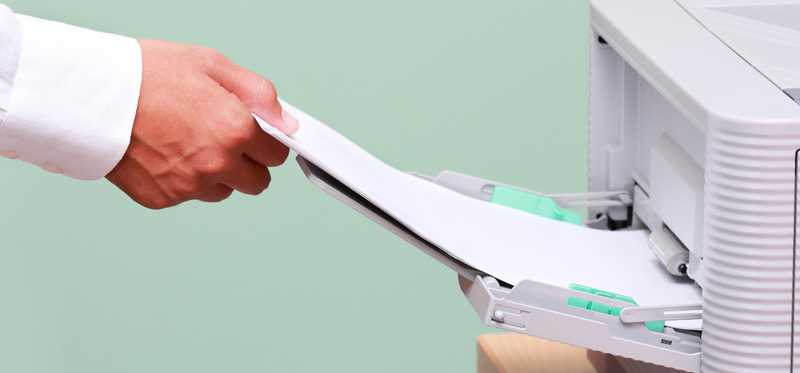
16. Items that cost more
This cost-saving tip is counter-intuitive: Sometimes you should buy an item that costs more than others of its ilk. Why? Well, because more expensive items are sometimes (but not always) made better and will last longer. If they do, then they let you go longer before having to buy a new one and will require less manufacturing. For example, a well-made pair of pants is likely to cost more but last longer, while a computer that costs more due to being faster and having more memory may last you longer than a less costly model. When it comes to printers, know that while laser printers cost much more than inkjet ones, and laser toner cartridges can cost more than inkjet cartridges, the cost per page often favors laser printers, because the cartridges last longer. Many laser cartridges print thousands of pages, while many inkjet cartridges print merely hundreds.
Previous
Next
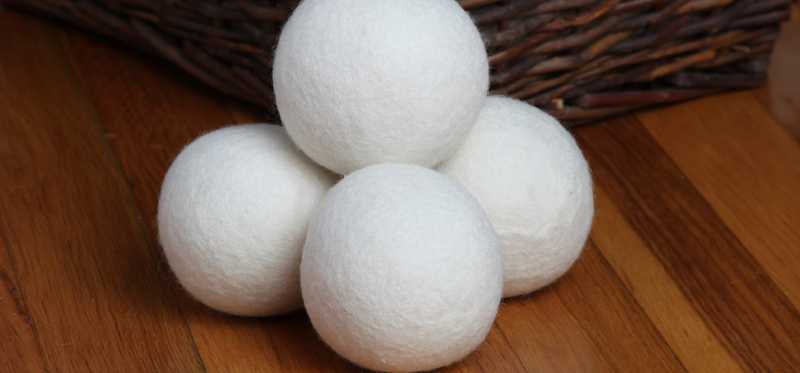
17. Dryer balls
Dryer balls are simple spheres, often made of wool, that are more environmentally friendly than the dryer sheets many people pop into their dryers with each load. The sheets need to be purchased over and over, costing several dollars per box, whereas a handful of wool balls can be found online for between about $10 and $20 and can reportedly last for up to 1,000 loads or more. While the sheets typically are suffused with chemicals, the balls generally are not. They offer the extra benefit of shortening the drying time, thus saving power and dollars.
Previous
Next
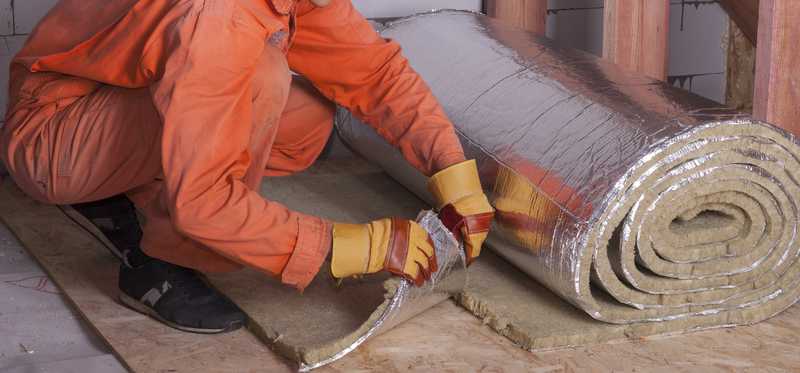
18. Insulation
Here's a big-ticket purchase that can really pay off -- for you and the planet: insulation. You can reduce a lot of heat loss in winter and cooling loss in summer by having insulation installed in your attic, in your walls, and around windows, among other places. It's estimated that homeowners can shrink their energy bills by between about 5% and 20% by doing so. If you pay, say, about $2,000 to run your air conditioners and heaters each year, you might be able to lop $100 to $400 off your bills annually. Insulating your home well may cost several thousand dollars, but there's a good chance that you can take advantage of federal incentive programs to cut down the cost -- and your utility company may even be able to help you, too.
Previous
Next
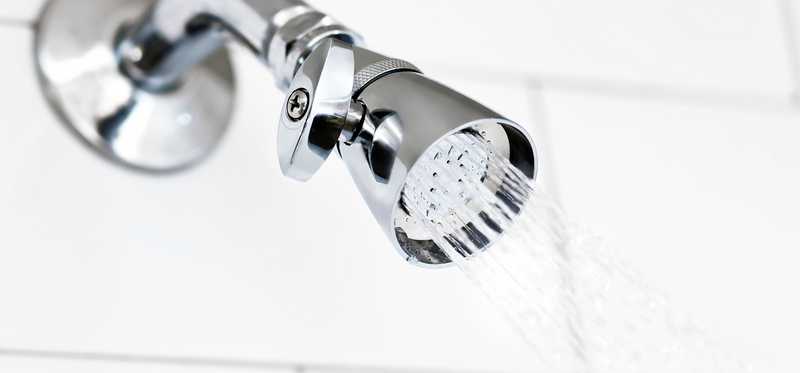
19. Low-flow shower heads
A good low-flow shower head can set you back just $5 to $10 (though of course you can spend more for fancier ones) and can significantly shrink the amount of water you use each time you shower -- without making you suffer much at all. A conventional shower head that delivers, say, 3 gallons of water per minute for 10 minutes per day would use 10,950 gallons, while a low-flow head that delivers 1.5 gallons per minute would use half -- just 5,475 gallons. The average price of water in the U.S. was recently around $1.50 for 1,000 gallons, so if you save 5,000 gallons annually, you're looking at saving around $8.21 per person in your household annually -- more if some of them take very long showers. Don't forget that you'll be taxing your water heater less, too, saving even more money.
Previous
Next
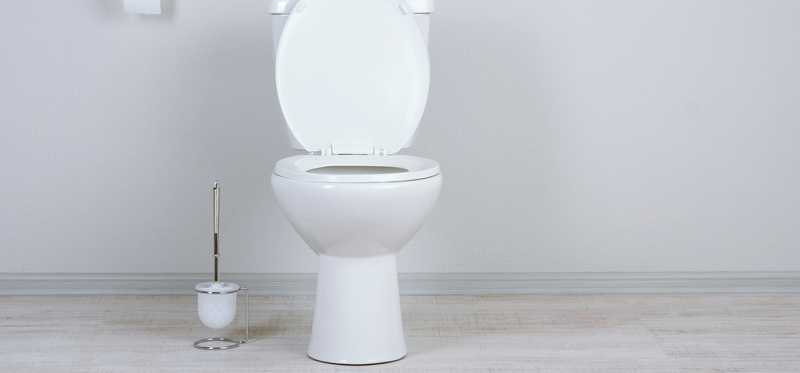
20. Low-flow toilets
Like low-flow shower heads, a low-flow toilet can also help you keep more dollars in your pocket, while taxing the earth less. Toilets on sale today are far more efficient than toilets of yore -- and some even have dual flushing options, letting you use more or less water with each flush depending on how much the flush has to accomplish. It's estimated that toilet-flushing makes up about 30% of our household water use, on average. While very old toilets might use five gallons per flush and toilets that are a few decades old might use 3.5 gallons, WaterSense toilets available today use just 1.28 gallons! That means you can probably save at least two gallons per flush if you upgrade an older toilet. That amounts to annual savings of around $150 to $200 or more, according to one estimate in the Washington Post this year.
If you can't afford an all-new toilet right now, try the brick in the toilet tank trick. By placing a brick (enclosed in a sealed bag) in your toilet tank, some of the water will be displaced, causing your toilet to use less water with each flush. This option costs far less than a brand new toilet and can have you saving money until you're ready for your next big ticket purchase.
ALSO READ: How to Start Saving Money in 2018
Previous
Next
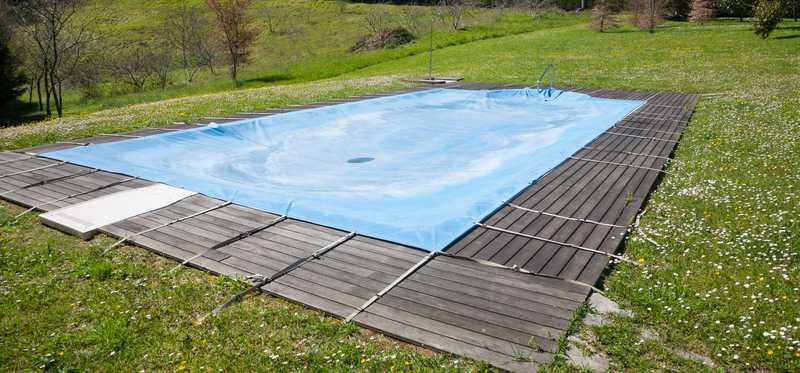
21. Pool cover
Cover your pool! A pool cover is beneficial in many ways: It reduces evaporation, so you won't use as much water refilling the pool, and it will keep the pool cleaner, too, reducing the amount of chemical solutions required to maintain the water as well as how much your pumps and filters are used. All that saves water, energy, and dollars. Many decent pool covers cost less than $100. One automatic pool cover company claims that its cover can help you use up to 90% less water and up to 70% less chemicals. Even if you halve those estimates, it will still amount to significant savings.
Previous
Next
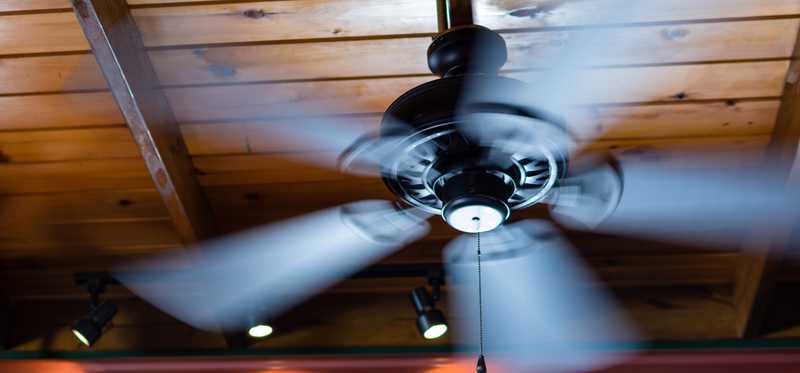
22. Ceiling fans
Air conditioning is expensive, so if you'd like to cut down on that cost, consider using a ceiling fan. (Ceiling fans are also, obviously, great for those without AC.) A ceiling fan uses about as much energy as a 100-watt light bulb, and it can be strong enough to circulate air throughout a sizable room, unlike standing fans that are more effective in smaller areas. Many ceiling fans cost well under $100 -- some even $50 -- though you may pay more on top of that to have them installed. For best results, turn off the AC when fans will cool you sufficiently, don't leave fans on in unoccupied rooms (because they only cool people, not the rooms themselves), and set the thermostat higher to offset the effect of the fans. By following those rules, you may be able to lop as much as 15% off your cooling bills.
Previous
Next
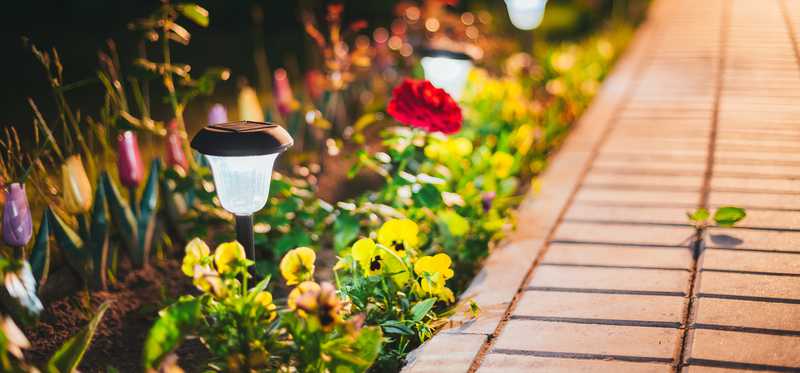
23. Solar outdoor lights
If you're lighting the path to your door outside with wired electric lights, you can save money and power by swapping them for some solar outdoor lights. Not only do solar lights not register at all on your electric bill but they can also be placed in lots of locations that are not wired. All they need is a source of light with which to charge up during the day, and then they'll glow for much or all of the night. Prices vary, but you can find plenty of solar outdoor lights for $10 or less each -- some of them multicolored or with pleasing designs.
Previous
Next
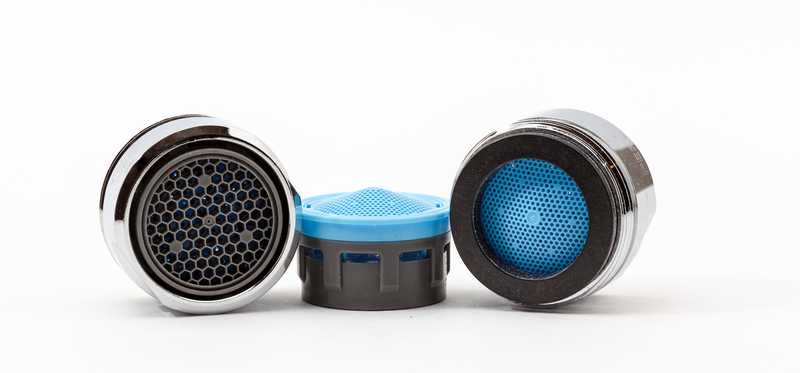
24. Sink water aerators
Sink water aerators can be found for no more than a few dollars and are easily installed. What do you get for your trouble? Well, it might slow your rate of water use by up to 30%, which will shave a meaningful chunk off your water bill. The average water bill is about $70 per month, by the way. Some of that is due to toilet flushing, but if you spend, say, $25 per month on water delivered by faucets and you cut that by 30%, you're saving $7.50 per month, or close to $100 per year -- while conserving water. That's particularly powerful in regions threatened by drought or water scarcity.
Previous
Next
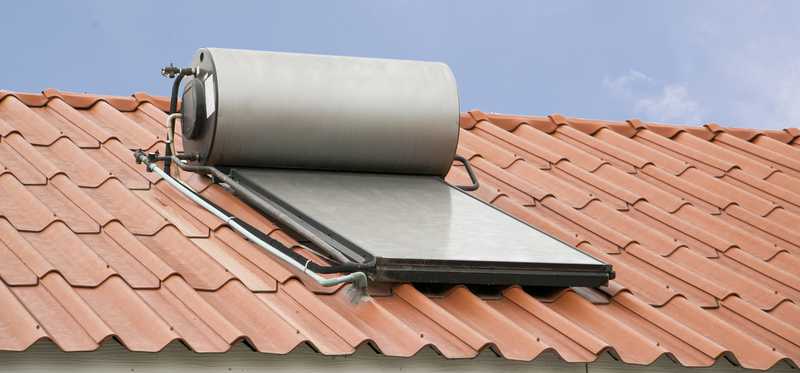
25. A solar water heater
Water heaters, whether electric or gas-powered, cost you money to run and generally consume natural resources, too. You can save money and use only renewable energy by opting for a solar-powered water heater. They do generally cost more to purchase and install, but that expense can be more than made up for over time. One estimate from the folks at the Energy Star program is that a solar water heater will save, on average, between about $100 and $200 per year in energy costs.
ALSO READ: How to Get a Tax Break for Home Improvements
Previous
Next
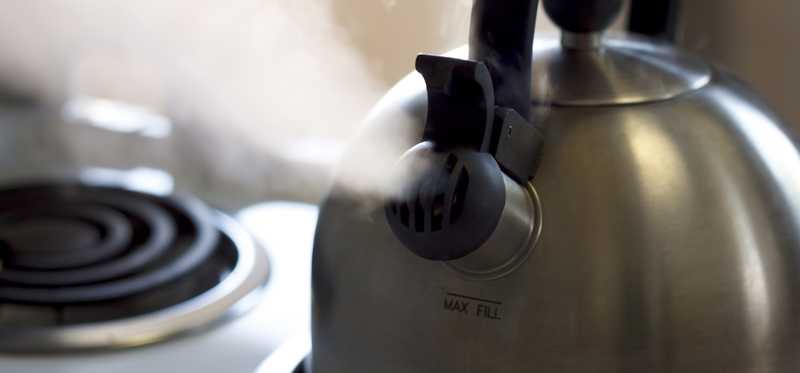
26. A tea kettle
If you're feeling chilly at home, instead of turning up the heat that will result in more cost to you and to the planet, make yourself a hot beverage. That, perhaps along with some warm socks and a sweater, can allow you to keep your thermostat at a lower level, saving money and energy. The Department of Energy notes:
"You can save as much as 10% a year on heating and cooling by simply turning your thermostat back 7°-10°F for 8 hours a day from its normal setting. The percentage of savings from setback is greater for buildings in milder climates than for those in more severe climates. You can easily save energy in the winter by setting the thermostat to 68°F while you're awake and setting it lower while you're asleep or away from home."
Warm drinks can be surprisingly effective in helping you feel more comfortable in a cooler home.
Previous
Next
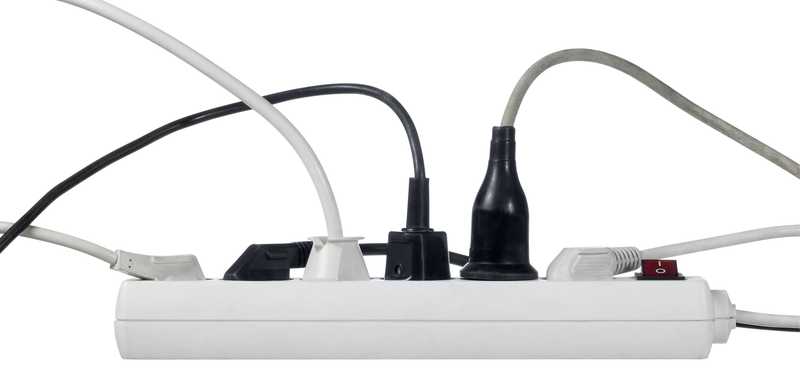
27. Power strips
You may not think of a power strip as a money-saving or environment-saving device, but it is. Unbeknownst to many people, lots of electronic items that are always plugged in are always using energy, to some degree, even when turned off. Buy a few power strips or surge suppressors and plug into them items such as televisions, computers, printers, DVD players, modems, cable boxes, and so on. Then you can easily turn off a bunch of items with the one power-strip switch -- perhaps each evening. The Department of Energy has estimated that electronic or electric items plugged in 24 hours per day are responsible for between about 5% and 10% of the typical electric bill. Most draw very little power when not in use, but they can all add up to a meaningful sum, and TVs and computers can use a lot more than average.
Previous
Next
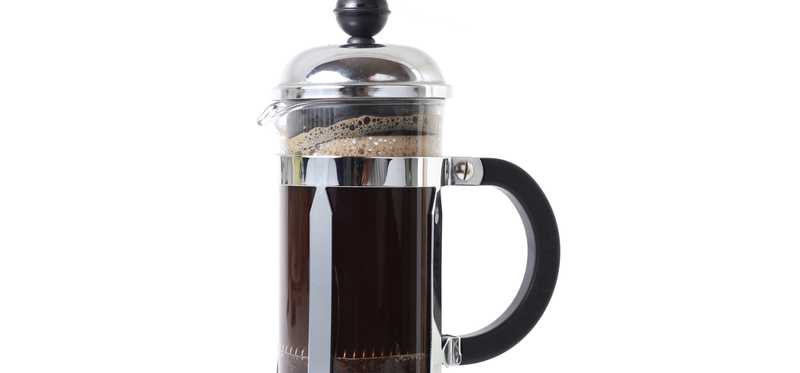
28. Coffee maker
In personal finance articles, you'll often run across the classic example of how to save money by cutting out that $3 to $5 coffee you buy every day. It is effective: Doing so can save you $750 to $1,250 per year, if you buy one each weekday. Clearly, if you buy and use a coffee maker and take your home-brewed coffee with you when heading to work in the morning, you'll do your bank account a favor. You'll help the earth, too, because you'll not be using up a paper or plastic coffee cup each day -- the kind of waste that often ends up in landfills.
Previous
Next
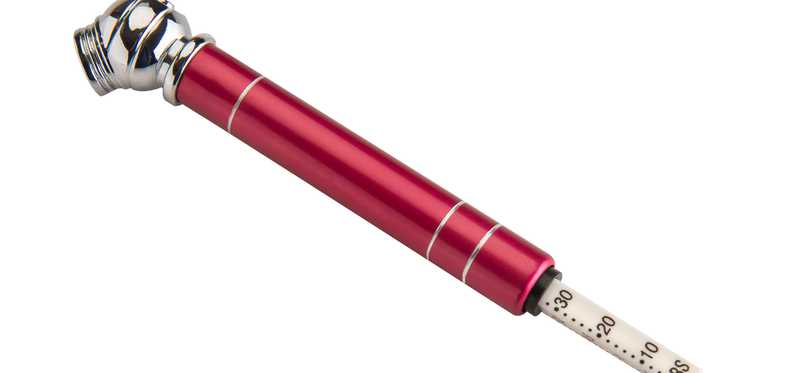
29. Tire pressure gauge
Previous
Next

30. Hybrid cars
A big way to save money and shrink your carbon footprint on this planet is to buy a hybrid vehicle. The benefit for the planet is clear: the less fossil fuel used, the better, with less greenhouse gas emissions. The benefit for the vehicle's owner is a bit less clear. For starters, these vehicles often cost more than others you might be considering buying. If you drive sufficiently, though, their price premium will be offset by fuel savings -- especially at times when the cost of gas is high. Here's an example: Imagine that you're thinking of buying a $27,000 hybrid car that gets 52 miles per gallon and trading in your conventional car (with a trade-in value of $23,000) that gets 30 miles per gallon. According to a calculator at Edmunds.com, if gas costs $2.50 per gallon and you drive 15,000 miles per year, you will save $44 in gas each month and it will take 68 months (that's 5.7 years) to break even. If gas prices are $3.50 per gallon, though, your monthly savings jump to $62 and the breakeven point becomes only 49 months, or about four years.
The Motley Fool has a disclosure policy.
Previous
Next
Invest Smarter with The Motley Fool
Join Over Half a Million Premium Members Receiving…
- New Stock Picks Each Month
- Detailed Analysis of Companies
- Model Portfolios
- Live Streaming During Market Hours
- And Much More
READ MORE
HOW THE MOTLEY FOOL CAN HELP YOU
-
Premium Investing Guidance
Market beating stocks from our award-winning service
-
The Daily Upside Newsletter
Investment news and high-quality insights delivered straight to your inbox
-
Get Started Investing
You can do it. Successful investing in just a few steps
-
Win at Retirement
Secrets and strategies for the post-work life you want.
-
Find a Broker
Find the right brokerage account for you.
-
Listen to our Podcasts
Hear our experts take on stocks, the market, and how to invest.
Premium Investing Services
Invest better with The Motley Fool. Get stock recommendations, portfolio guidance, and more from The Motley Fool's premium services.